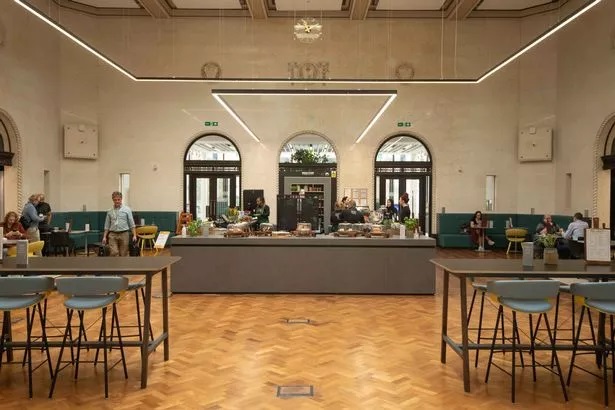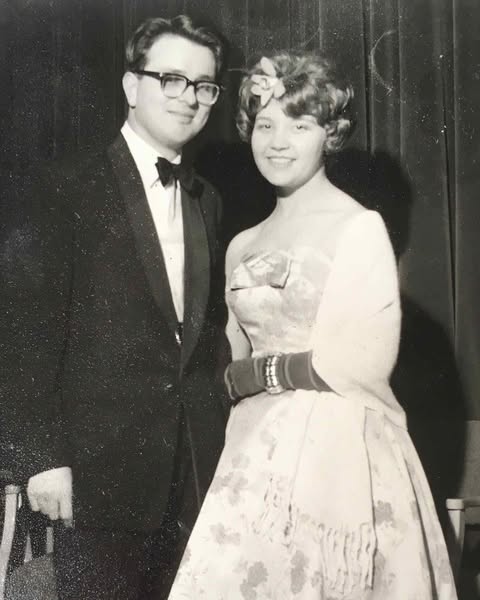“The morning cup of coffee has an exhilaration about it
which the cheering influence of the afternoon or evening cup of tea
cannot be expected to reproduce.”
Oliver Wendell Holmes (“The Autocrat of the Breakfast-Table”, 1857)
The Decline of Men on Campus
Dartmouth University Facilities Operations & Management | Utility Systems
IEEE Education & Healthcare Facilities Committee
Investment Office: Endowment Reports | $7.9B Total, $2.1B Facilities
Three terms in 30 seconds. Luke Trevisan '28 took a photo from his Wheeler dorm window every day for 250 days. pic.twitter.com/Z3hpI6bEDQ
— Dartmouth 🌲 (@dartmouth) July 24, 2025


























